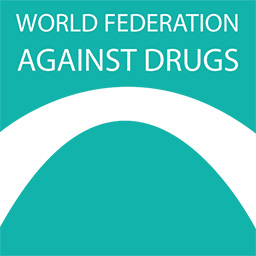During the 16 days of activism, which started on November 25th on the International Day for the Elimination of Violence Against Women and will end on December 10th on the International Day of Human Rights, the WFAD Gender Working Group is publishing statements every day highlighting issues faced by different specific populations while continuing to highlight the topic of this year: UNiTE! Activism to End Violence against Women and Girls

Women and girls in the criminal justice system have generally experienced and are experiencing gender-based violence at a higher rate than the general population. The gender-based violence often starts in childhood or early adolescence and can continue through adulthood. These adverse experiences can influence involvement in criminal activities (Sangoi and Goshin 2014). Reasons for the committed offence and the profile and background of women in prison are significantly different than those of men and are often linked to the sense of survival. “Like men, women prisoners typically come from economically and socially disadvantaged segments of society, but drug users, lower-level property offenders, and sex workers are overrepresented” (Penal Reform International 2012). There is a high prevalence of substance misuse by female offenders and substance use is one of the factors associated with women’s path into the criminal justice system. Imprisoned women have emphasised that their involvement and entrance into drug trafficking and the criminal justice system was co-opted by their intimate partner (WFAD GWG 2022)
As imprisoned women are in minority, even though the numbers are increasing, the prison system and regimes are mainly designed for the majority male prison population, “from the architecture of prisons to security procedures, to facilities for healthcare, family contact, work, and training”. Often also leading to a lack of gender-appropriate rehabilitation (Penal Reform International 2012).
Once incarcerated, women continue to face gender-based violence as staff members emotionally, verbally, physically, and sexually abuse women or allow/facilitate such abuse by other inmates (Sangoi and Goshin 2014). Forms of reported violence against women in custody vary from inappropriate surveillance during showers or undressing; strip searches conducted by or in the presence of men; and verbal sexual harassment. The power dynamics between the incarcerated woman play an enormous role in the risk of violence. Staff members or officers can use the place of power to demand, for example, sexual acts in exchange for privileges, goods, or basic necessities (EIGE n.d.).
However, research on gender-based violence against incarcerated women is lacking. More enhanced and global research needs to be conducted to understand the numbers regarding projected violence and the short- and long-term effects as violence during imprisonment further negatively impact the opportunities for women their reintegration and increases traumas, vulnerability, and disempowerment. Research is required to make the invisible visible and action is needed by policymakers and the judicial system to eradicate the violent structure existing in prisons.


Leave a Reply
You must be logged in to post a comment.